Mozambique: Over 1.700 pupils to miss final exams due to terrorists incursion - AIM report
Mozambique: Food insecurity affected almost 3M people in 2021 – Global Report on Food Crises
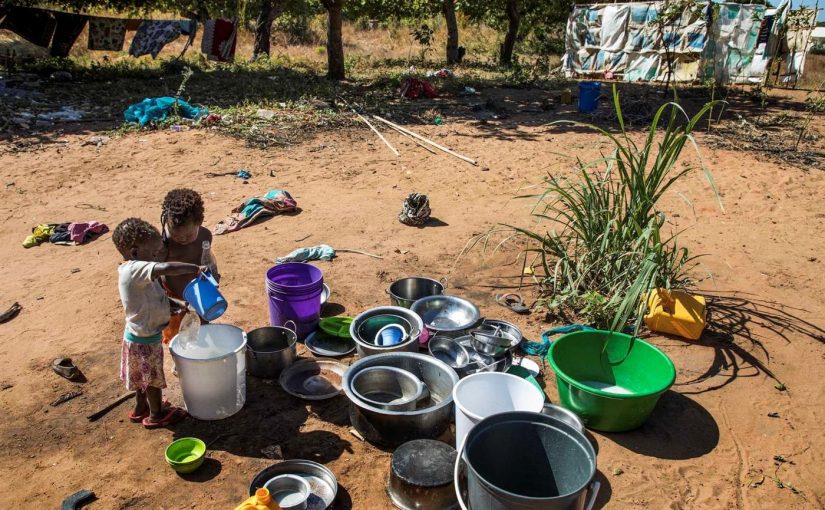
File photo: Lusa
Almost three million people in Mozambique had a food crisis or emergency in 2021, the highest number since the 2016 drought, concludes a report published on Wednesday.
According to the report published annually by the UN Food and Agriculture Organisation (FAO), the World Food Programme and the European Union, last year, 193 million people in 53 countries were acutely food insecure, meaning they needed urgent assistance to survive.
The classification encompasses levels between 3 and 5 of the international food security scale: crisis, emergency and disaster.
In Mozambique, according to the study, 2.91 million people were at level 3 or above: 2.65 million in a crisis and 260,000 in an emergency.
This represents 16% of the population analysed by the organisation, which studied 33 areas in 11 provinces and 12 cities, covering 60% of Mozambique’s total population of 30.1 million.
According to the findings, 15 areas in eastern Cabo Delgado, southern Tete, and most of the districts of Gaza and Inhambane, as well as Dondo district in Sofala and Magude district in Maputo, were in a crisis.
All the other areas analysed were at level 2 on the international food security scale, where 8.41 million people were.
Almost 75,000 children under the age of 5 were short in 2021, of which 27,000 were severely so, and half of all children in Cabo Delgado province were underweight, the researchers concluded.
The authors of the document stress that the number of people in crisis or emergency situations in Mozambique in 2021 was higher than in 2020 by 240,000 people and was the highest number recorded since the country was heavily affected by the 2016 drought linked to the El-Niño weather phenomenon.
The food crisis was exacerbated by conflict and subsequent population movement in northern Mozambique, which disrupted agricultural production and food supplies and drove up prices. At the same time, dry spells, droughts, heavy rains and floods affected agricultural production across the country.
The report said that constraints related to the Covid-19 pandemic also continued to affect economic activities.
Stressing that people forced to abandon their homes are among the most vulnerable to food insecurity and malnutrition, the authors of the report count the number of internally displaced persons at 950,000 – due to conflict and insecurity in the north of the country and due to the damage caused by cyclones in recent years in the centre – and 25,000 refugees and asylum seekers in Mozambique.
In their projections for 2022, the report’s authors anticipate that the food insecurity situation will improve in most of the country, except in the Cabo Delgado region, where an estimated 50% of Mozambique’s population is in food crisis or worse.
The report estimates that 1.86 million people in the country would be in a food crisis or worse by March 2022, notably in Cabo Delgado, Manica, Tete and Gaza.
📢Out now: New Global Report on Food Crises
In 2021:
🔸193M people faced acute food insecurity – 40M more compared to 2020
🔸236M people were under stressed conditions – at the cusp of acute hunger
🔸26M children suffered from wastinghttps://t.co/e2LF0XIKVf#FightFoodCrises pic.twitter.com/TDvSgT9B2p— Global Network Against Food Crises (@fightfoodcrises) May 4, 2022


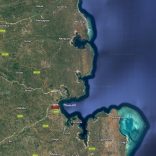
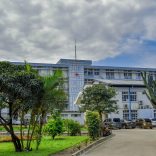
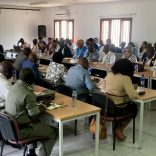



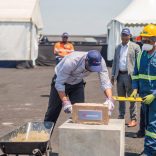



Leave a Reply
Be the First to Comment!
You must be logged in to post a comment.
You must be logged in to post a comment.